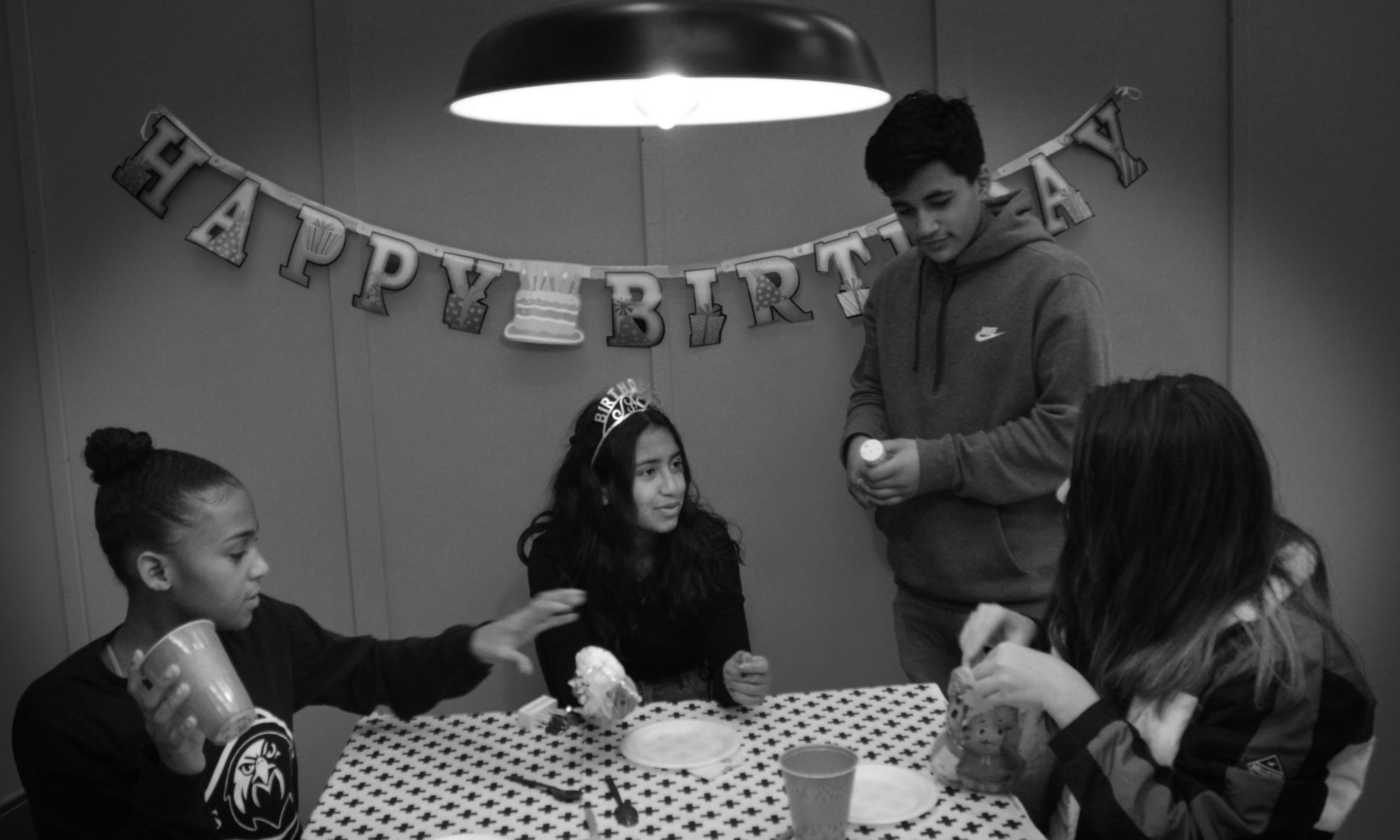In this project we had to take 20 different people’s pictures (I had a group of 3), one smiling and one not smiling. The hard part of this project was asking people, because many kids looked unhappy or unwilling to. It was VERY uncomfortable. Some people looked very different when they smiled, while others looked pretty much the same. When people smiled, it made them seem like a whole other person. You should not stereotype as a photographer, because it can keep you from getting a good picture. We always asked the question, “Would you be willing to take a picture?” so that we would know if the “client” would be comfortable with taking the picture. To see all my pictures, click here.
The Smile Project
This project gave me a new experience that I never felt before in my life. I had to take two pictures of fifteen complete strangers, one photo with their normal facial expression and one with them smiling. As much as this assignment was uncomfortable, it was also very special. It was amazing seeing how visions and thoughts on a certain person could change drastically if they simply smile. The task also taught me about implicit bias, which are stereotypes and thoughts people naturally have to view on things. During my experience, I was sometimes hesitant to ask certain people if they wanted a picture, but I gathered all my courage and went onward to them. Some people said that they didn’t want one, and that was okay. Some instances were also pretty hilarious, where one person advised to take a picture of their friend, and that friend recommended another until the last one agreed for a photo. Everything was A LOT easier then what I had imagined in the very beginning. If I was hired as a photographer and wanted to avoid implicit bias, I would ask my client to simply smile. Smile and do a pose that your heart desires most, because that’s the fun of photography. For the first time, this project not only told me about how to make good pictures, but also more about the world we live in and what actually lives deep within us. -Marie Valouiski
Slides for the rest of the photos here.
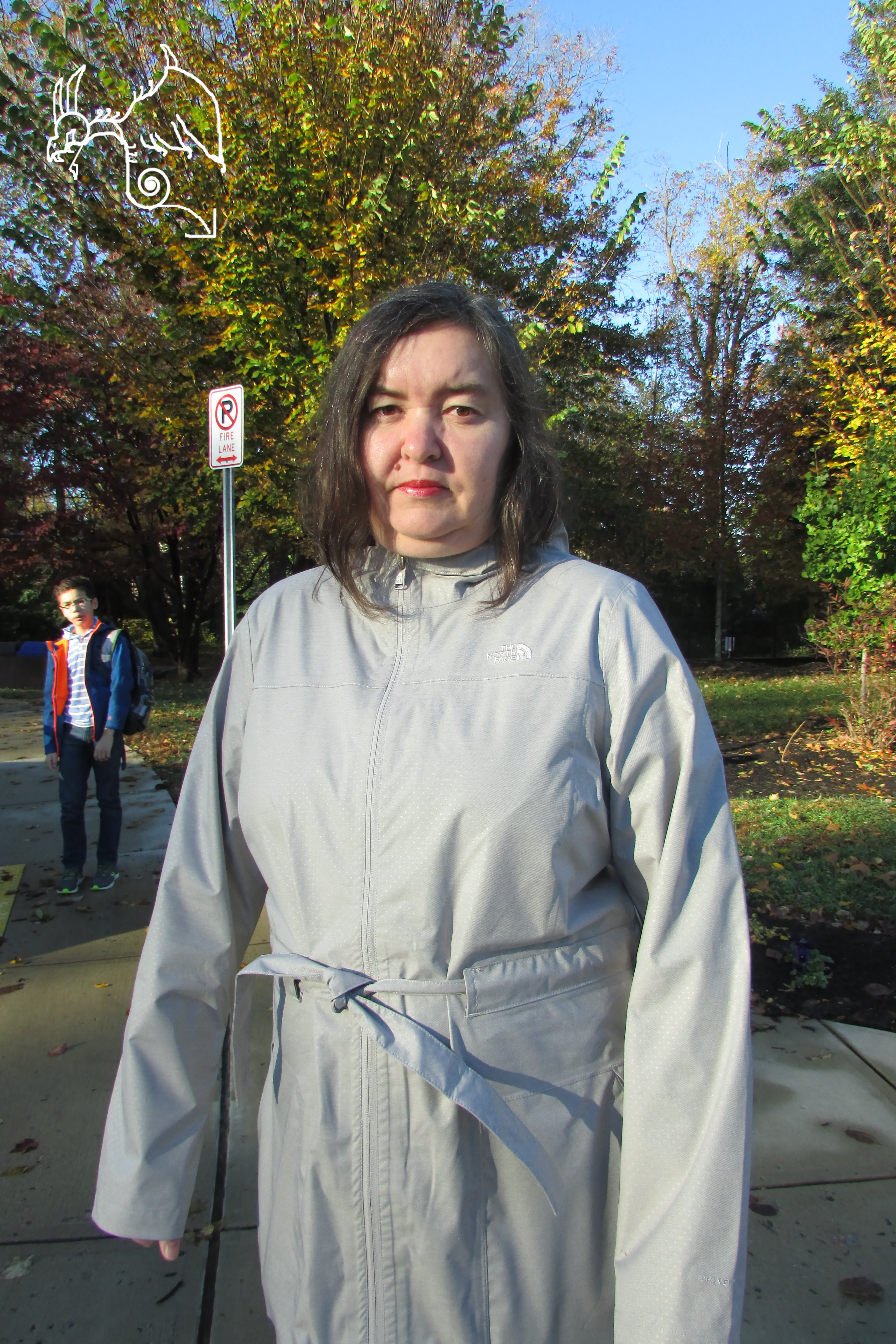
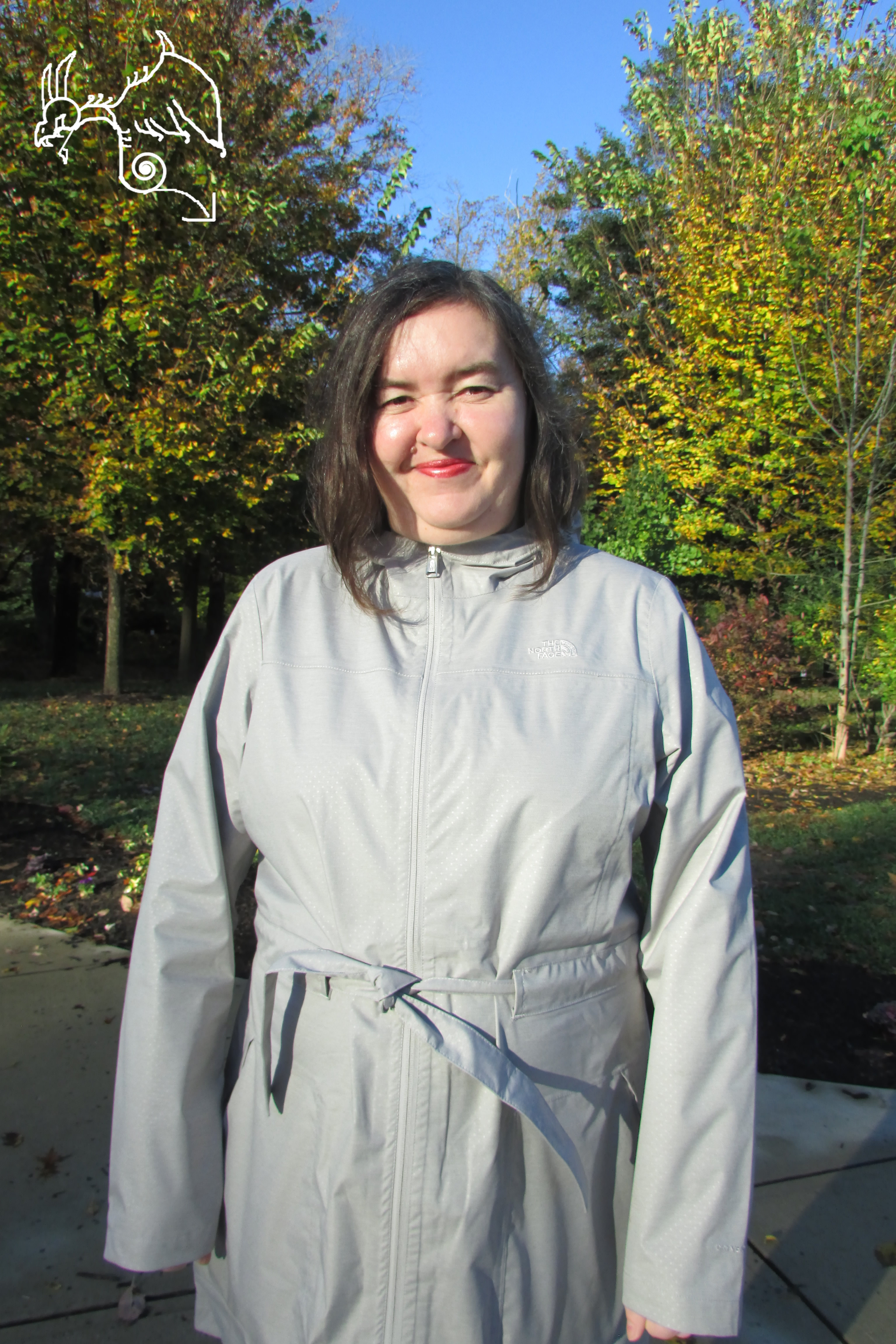
Then I Asked Them To Smile
What was difficult was finding people that I didn’t know or know of in the school to take photos of. Most of these people were substitutes or new teachers. What was also hard was actually asking them for a photo, and some people saying no because they were uncomfortable with their photo being taken. When the people smile,I notice they seem much nicer based on the photo. Bias could effect your job as a photographer by what angle you take the photo from, what poses you tell them to do, what filter you use, etc. When you are hired as a photographer I would ask the client to tell me what theme or what light they want to be painted in. Then, I would ask them to tell me one good thing about themselves and one bad thing about themselves. This way I have a balanced opinion of them and not implicit bias. To view my slideshow click here.
Then I Asked Them to Smile
For this project it was difficult for me to be brave enough to ask someone to get a photo of them. I was implicit bias and made assumptions of people I didn’t know. This can affect my job as a photographer because just like in the story, ”Then I Asked Them to Smile,” you can miss your opportunity to take amazing photos with people you don’t know. The people I took pictures of turned out to be really nice and I really enjoyed to talking to them. The changes I saw in myself was that after this assignment, I became less shy. I was able to go up to anybody with confidence and ask for a picture. The changes I saw in the people were major. Some of them didn’t even smile when I saw them at first. All of these people’s smiles lit up the whole room and they seemed so much nicer. When I asked my client/subject to take a photo of them, I asked nicely and with respect. If they said no and didn’t feel comfortable I thanked them anyway. Click here to see my project, here
Then I Asked Them to Smile
Something that was difficult for this project was to find 15 people because I knew a lot of people in the school already. In some pairs of photos, the changes I saw were amazing. I would talk to the smiling person, but not the serious person because they looked intimidating. A bias could affect my job as a photographer by judging someone off my first glance and deciding to not take a photo of them. Some questions I would ask to take fair photos could be asking my client to have a serious face and to smile. Also, for them to stay in the same position while taking the photos.
For my slideshow, click here.
Smile Project
In this project I was asked to take pictures of people at this school or outside of school and ask them if I could take their picture. The point of this was to see the difference in how you view people when you see a friendly smile or a straight face. This was a very cool experience because it made me realize how the first thing I saw impacted the way I perceived them. A challenge I faced was when I gathered enough courage to ask the people if I could take their picture was how awkward it is. I would ask and the people would think I was taking the picture for something other than a school project. Something that was easy was that after I explained what my intention was they let me snap the picture and the process was fast and easy. Overall, this project was a learning experience for me and my classmates.
Click here for more photos.
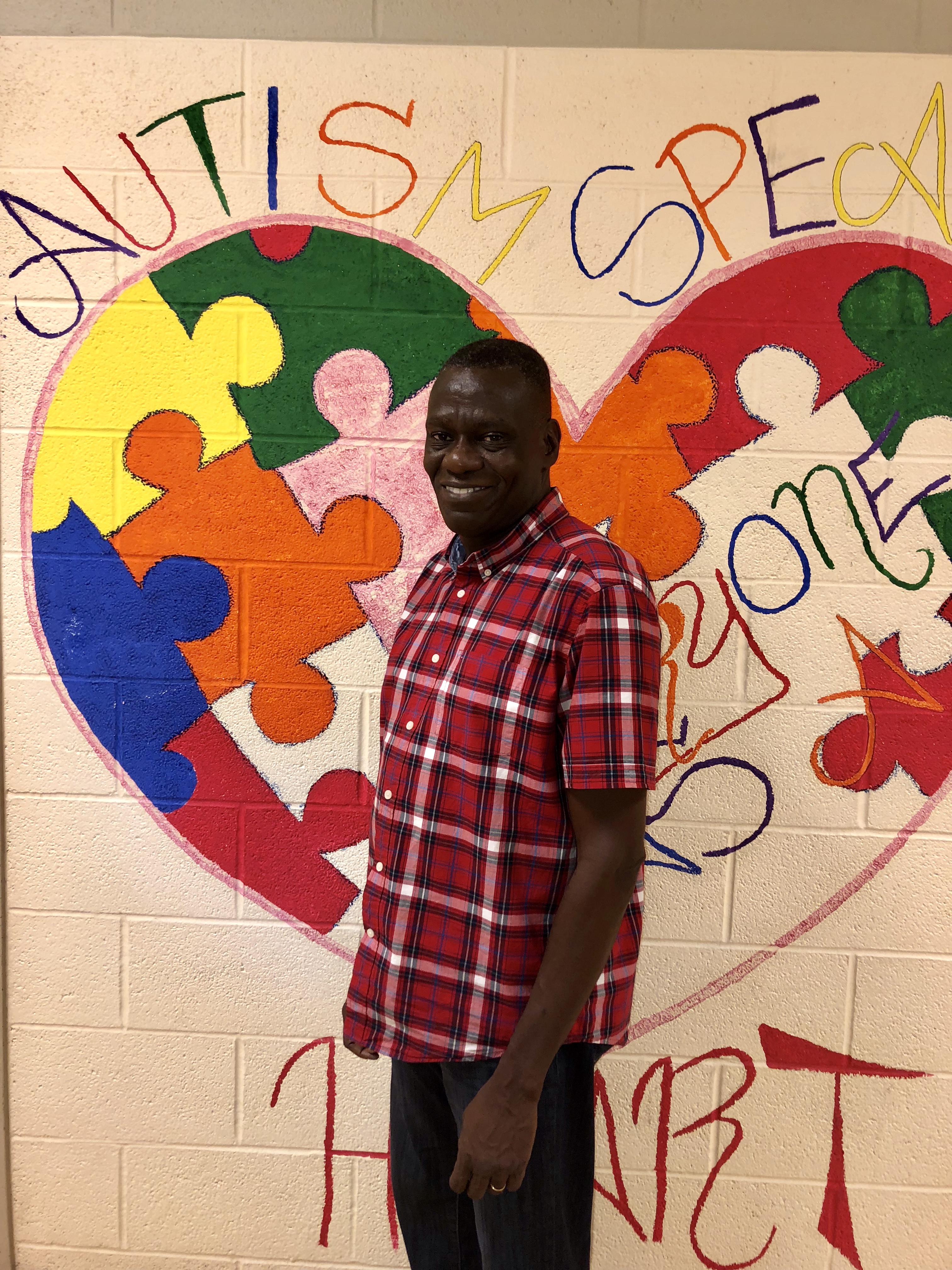
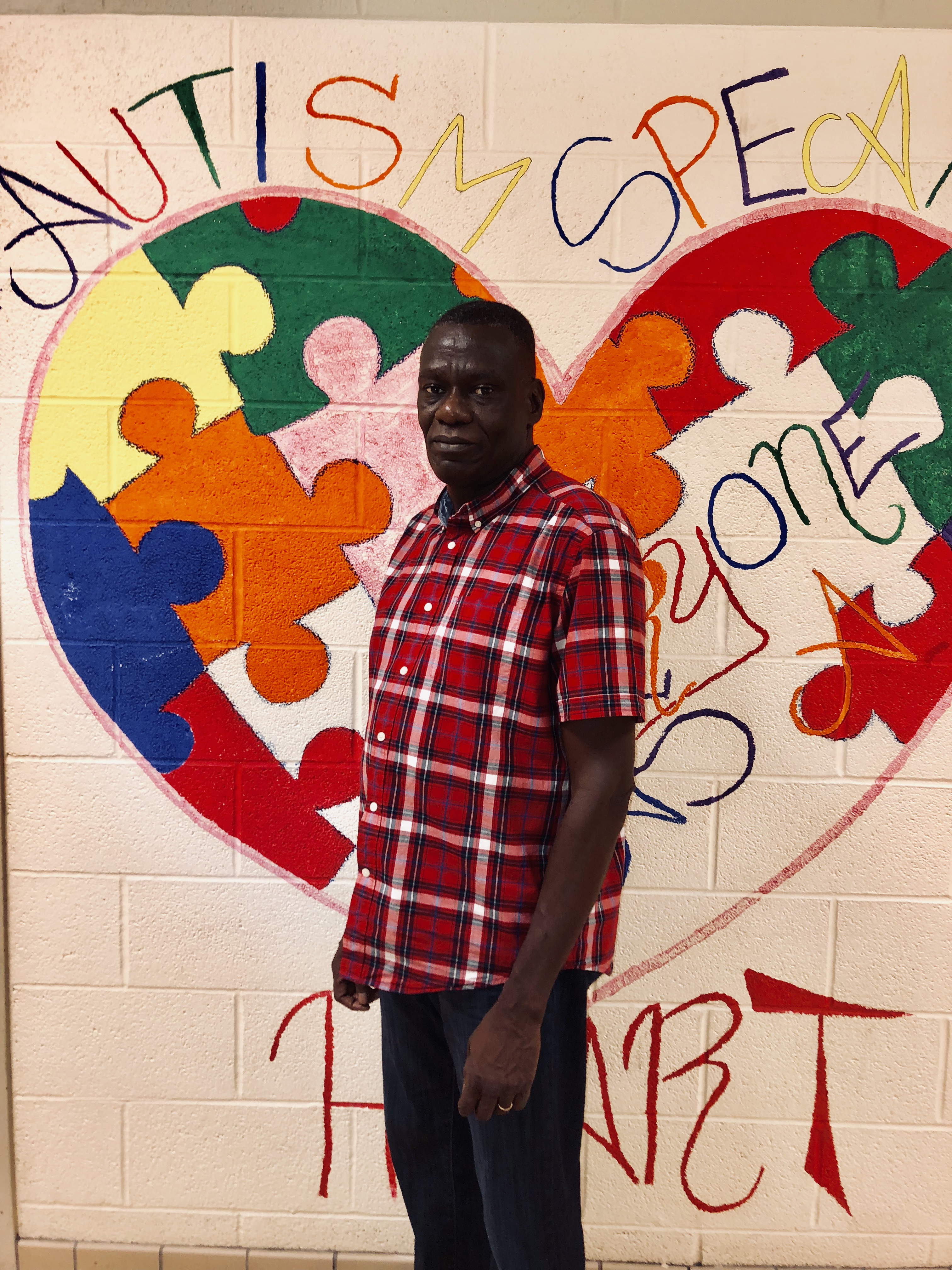
Then I asked them to smile
In this project we had to take pictures of 15 different people, one smiling and one not smiling. The difficult part of this project was asking people people to take their picture because you didn’t know whether or not they would say no or not. Some people had major changes from their facial expressions when they smiling, but others didn’t have much of a change. It shows that people should not be judged on how they look, and people should stereotype people.
SMile
This project had no difficulties, the kids were very open about taking photos. The kids smiled and gave me a straight face and the kids looked very different. I could easily tell that you can really see how a kid is feeling just by their face expressions. You can not get the best of photos if someone is being bias because they wouldn’t want to be in it then that can affect the way your photo turns out. I would ask my clients if I could take photo of them in any type of situation.
https://docs.google.com/presentation/d/1wEpr8LsVGS4fZeeYAZBTuf4ub5kvQppoWQyyHQkGgQk/edit?usp=sharing
Smile!
For this project we needed to take 2 pictures of Different people or strangers smiling and not smiling. the most difficult thing was asking people if they would allow me to take there picture and most refused. I thought some people were poor or very tired but when they smiled it was a completely different story that is how bias can affect a photographer on the way they see people before they know them. ilearned that the best thing to ask was. “May I take your picture for a project please, it wont be shown publicly.
https://docs.google.com/presentation/d/1tH_T0BGUQ0SF3xcN163biYO19BF5GbViyLQNjdV6m3o/edit?usp=sharing
Smile
It was difficult to ask people if you could their picture because some people were saying no and that is fine but once you keep hearing it you kind of get tried of asking.You can see the change in peoples faces and their expressions change the way you would judge them.When people smile the first thing you would say about them is that they are friendly and nice so most likely you go talk to them.When they were not smiling you would think that they are mad, mean, or just having a bad day.If I was a photographer I would ask my client if they feel comfortable with me taking their.
To see the pictures click here:
